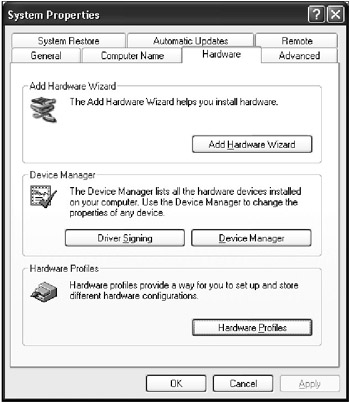

- ANDROID SDK HARDWARE PROFILES HOW TO
- ANDROID SDK HARDWARE PROFILES INSTALL
- ANDROID SDK HARDWARE PROFILES DRIVER
- ANDROID SDK HARDWARE PROFILES ANDROID
- ANDROID SDK HARDWARE PROFILES SOFTWARE
Hw.gpu.mode=host Make sure to have the hypervisor setting in advance features for CPU - Link Step 5 - Runtime settings Change gpu mode to host to use your host video card, RX580 in our case.If you want more RAM, switch to x86_64 based Image. The user will not be able to access the lock screen password configuration in Settings app. X86 based emulators cannot go above 4 GB, even if it is set to 8 GB below Make sure you have enough RAM on the system.No of CPU cores for emulator, **Beware, depends on host CPU.Size of the Disk, you want for emulator, make sure you have disk space.Open " config.ini" in a text edit and change the values as below.Where XXXX - your username and PerfPixel86.avd is the name Navigate to " C:\Users\\.android\avd\PerfPixel86.avd\".
ANDROID SDK HARDWARE PROFILES ANDROID
Android emulator is based on QEMU - Link.These settings can be edited later, once the AVD is created. Note: Most of the settings are grayed out for Google Play based configurations, for non Google Play images, these settings become available on UI. Then in next step just click Finish to create AVD.Note: You can only use Play Store hardware profiles with Google Play system images The following steps cover only Android Studio because it’s the official IDE supported by Google to make Android applications. We assume that you have already installed the Android SDK and Android Studio on your computer.
ANDROID SDK HARDWARE PROFILES HOW TO
Next select the Recommended SDK, API level R, ABI x86, with Google Play Discover how to use these skins in your Android Emulator by following these easy steps : 1.Note : Google Play profiles are locked and production ready builds. Select an hardware profile, Pixel 3a (Latest Google Play profile).Step 3 - Create an Android Virtual Device (AVD):
ANDROID SDK HARDWARE PROFILES DRIVER
ANDROID SDK HARDWARE PROFILES INSTALL
So in SDK manager install any SDK and X86 System Image.Note: You don't need to run a ARM AVD anymore for running ARM apps - More We have to use an X86 based AVD's, as they are the fastest - Official doc.Hyper-V allows us to take advantage of the hardware acceleration of CPUĪndroid studio will try to install intel HAXM and fail, but don't worry HAXM only work for Intel CPU's. Middle numbers are for an X86_64 based AVD, with same configuration as the right.ĬPU - AMD A10-7850K Radeon R7, 12 Compute Cores 4C+8G Your numbers and results can vary to a great extent.īelow on the left is an out of box 3D Mark test result for an X86 based AVD, compared to the right end, which is after all configurations X86 based AVD. If you want to develop an Android app and have a Xiaomi device, do the following: Settings > About phone > keep tapping ‘ MIUI version ‘ until it says you’re a developer. There are number of Intel based guides out there but these configurations are particular to the hardware that my machine is running. You’ll also build your own toolbox of code patterns that will help you program any type of Android application with ease.Recently upgraded GPU for an old machine and wanted to get the most out of the hardware, specially for an emulator running Android apps. You’ll build an example application throughout the course of book, adding new features with each chapter.
ANDROID SDK HARDWARE PROFILES SOFTWARE
This gentle introduction shows you how to use Android’s basic building blocks to develop user interfaces, store data, and more. The Android Virtual Device (AVD) is an emulator configuration that lets you model an actual device by defining hardware and software options to be emulated. If you’re new to the Android mobile operating system, Learning Android is the perfect way to master the fundamentals. It’s possible to make many different AVDs to test your application on many different screen sizes and hardware profiles! The AVD creation will take about 1 minute to run, but then the new AVD will appear in your list of available AVDs. Choose AVD SettingsĮnter an appropriate name, select your API target, the size of the SD card and skin/resolution you want to use then click Create AVD. Then click on New to bring up the AVD Configuration Dialog. You can either watch the Android Create AVD video above or follow the steps below, it’s dead easy! Start The AVD Managerįirst we need to start the AVD Manager by going to Window -> AVD Manager Create A New AVD Whilst not being as good as running your app on real hardware, testing it on an AVD is the next best thing! The Android Virtual Device (AVD) is basically a configuration for the Android SDK’s emulator that lets you define the hardware and software characteristics of an actual Android advice that you can then test your code on. The second part of this series covers creating our first Android Virtual Device or AVD.


 0 kommentar(er)
0 kommentar(er)
